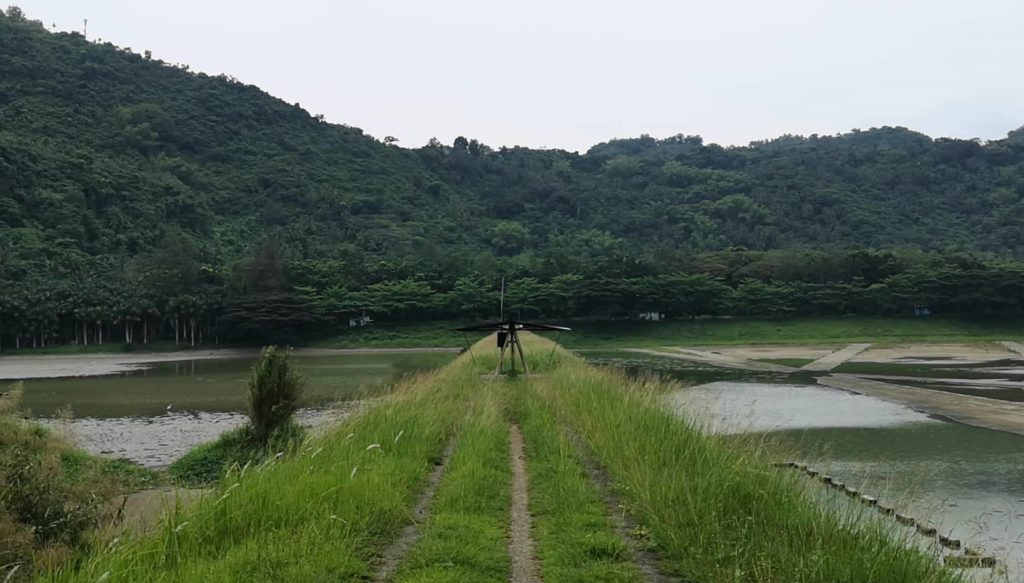
The Jaclupan dam is still dry in November, which is supposedly part of the rainy season. | Photo courtesy of the MCWD
CEBU CITY, Philippines — The Jaclupan Dam has remained dry for the first half of the month of November despite the rainy season in full swing.
In a statement released by the Metropolitan Cebu Water District (MCWD), the Jaclupan Dam is only producing 21,000 cubic meters per day, which is 12,000 cubic meters short of its normal daily production, supposedly at 33,000 cubic meters per day.
MCWD said this is a highly unusual occurrence since, for the last 10 years, the facility has produced a normal daily production in the months of November to February.
“Averaging only 21,000 cubic meters per day, this is the facility’s lowest daily production in 10 years in the month of November, which is the month with the most number of times that had the highest volume available, according to MCWD’s Production Data from 2010 to 2019,” said MCWD.
Officially known as Mananga Phase I Project, the MCWD Jaclupan Facility is a P770-million water supply improvement project designed to catch, impound and pump out 33,000 cubic meters of water per day.
Completed in 1998, the Jaclupan dam includes 15 wells, a seven-meter mini dam or diversion weir, as well as sedimentation and infiltration facilities.
It supplies water to MCWD consumers in Talisay City up to central Cebu City through 6,000 meters of raw water transmission mainlines and 43 kilometers of distribution and transmission pipelines.
It is recharged by the runoff from the Mananga River, which sources water from the rivers, springs, and tributaries in Mananga Watershed.
MCWD said that during the summer season, it is normal for the Jaclupan Dam to only produce half of its normal production due to the decreased rainfall volume.
Read more: Jaclupan Dam supply down; MCWD cuts dam’s water production by 5K cubic meters
However, due to the lasting effect of the recent El Niño phenomenon last summer, the rainfall volume for August and September 2019 remains to be below average reaching a peak of 50 percent only according to the Philippine Atmospheric Geophysical and Astronomical Services Association (Pagasa) Mactan Station.
These months were supposed to be the period when the Jaclupan Dam could replenish its surface water sources. It, however, failed to replenish its surface water sources due to the lack of rainfall.
“MCWD records show that historically this is the time when Jaclupan Facility’s volume recovers after the dry spell or summer months, which usually is from March to May, but this did not happen this year. Rains only exceeded the average in October due to a Low Pressure Area,” said MCWD.
For the first half of November, Pagasa Mactan only recorded a rainfall volume of 27.6 millimeters (mm) while the average is at 154.4 mm, indicating a still “very huge deficit” in the needed rain for Central Visayas.
The Jaclupan Dam may still not recover for the month of November and with this, the MCWD has encouraged the public to save water as much as they could./dbs